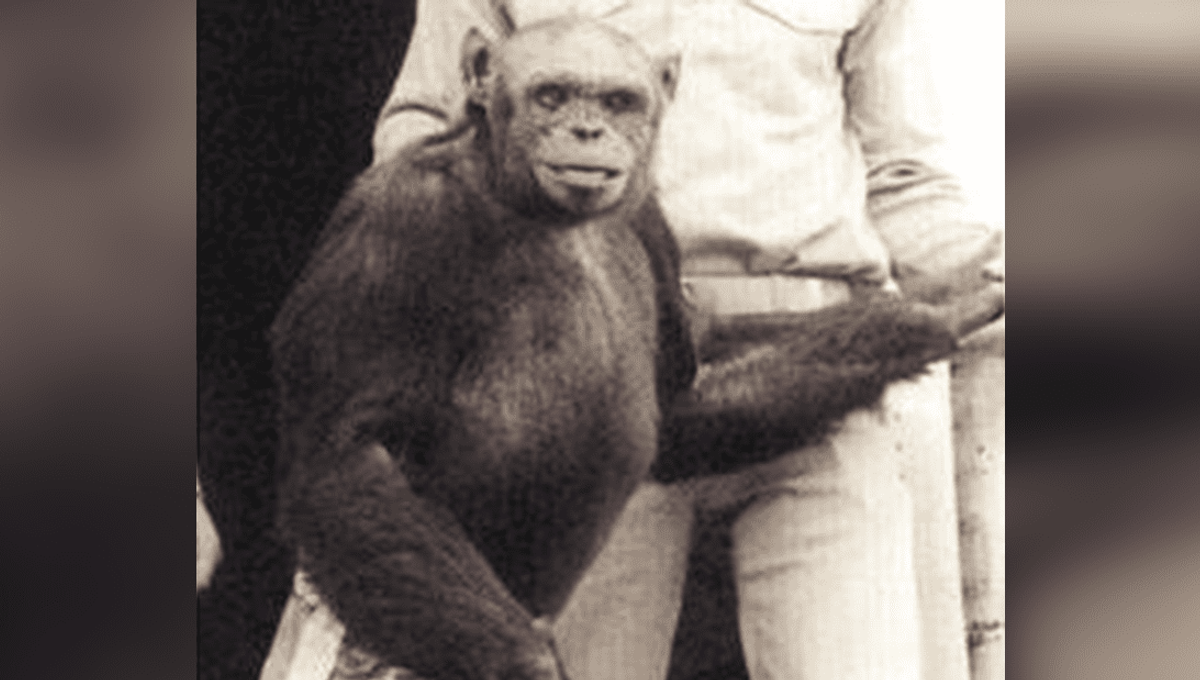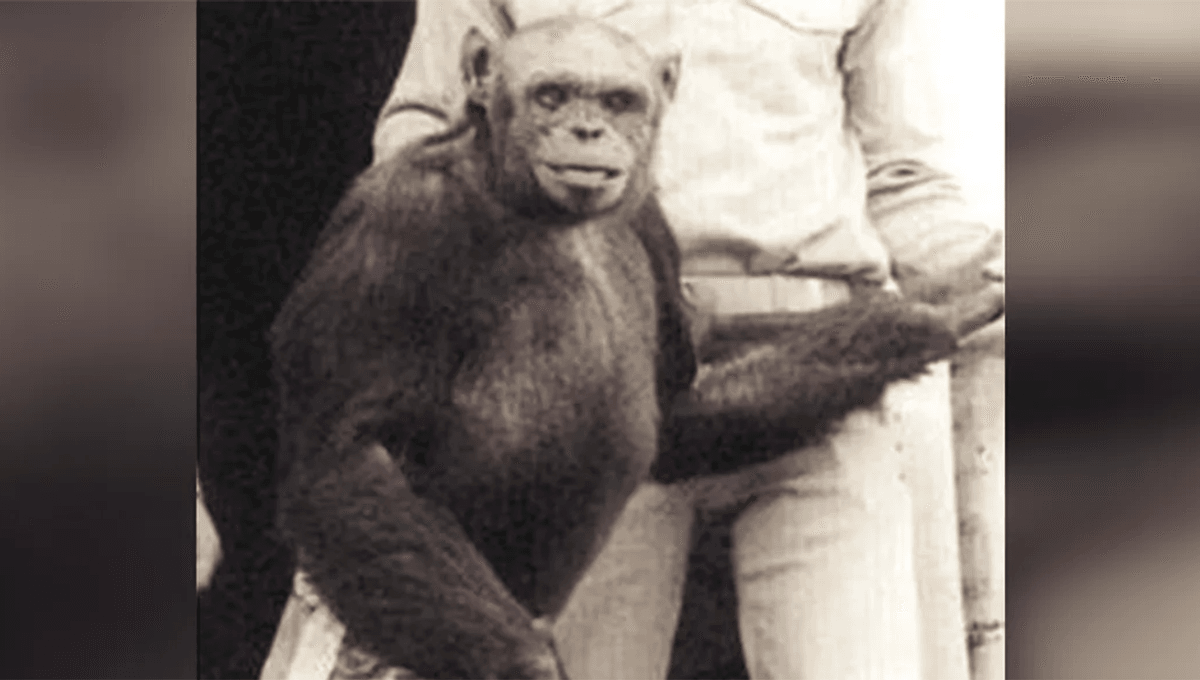Step into the fascinating world of Ilya Ivanovich, a Russian biologist born in 1870. This extraordinary scientist made a name for himself in the field of artificial insemination, achieving remarkable feats. Legend has it that he could inseminate 500 mares with just one stallion’s semen, leaving both scientists and horses in awe.
But when you reach the pinnacle of success, curiosity starts to take hold. Ivanov, always hungry for new challenges, turned his attention to a daring experiment: transferring animal sperm into different species to observe the outcomes.
He embarked on this journey slowly, creating peculiar hybrids like the zedonk (a mix of zebra and donkey), the rat-mouse (self-explanatory), the guinea pig-mouse, and even an abomination born from an antelope and a cow.
Then, in 1910, during a gathering of zoologists, Ivanov dropped a bombshell. He proposed the possibility of creating a human-ape hybrid, now commonly referred to as a “humanzee.” At the time, it was purely hypothetical, akin to biologists speculating about the appearance of extraterrestrial life or astronomers predicting the launch date of the James Webb Space Telescope.
Ivanov was not the first to entertain this idea, and he certainly wouldn’t be the last. While the chances of such a hybrid reaching full term were incredibly slim, claims of human-ape hybrids persisted long after Ivanov’s time. One notable example was Oliver the chimpanzee, who walked upright and was initially touted as a hybrid until scientists debunked the notion.
Finally, Ivanov’s opportunity arrived after the Russian revolution of 1917 when he found himself working at the Institut Pasteur. In 1924, he received a dream offer: the chance to work on his hybridization scheme. Astonishingly, he secured $10,000 from the Soviet Financial Commission and gained approval from the Soviet Academy of Sciences and senior members of the Bolshevik government.
In his pitch, Ivanov emphasized that this experiment could potentially validate Darwin’s theory about our close relationship to apes, dealing a blow to religious beliefs. Additionally, the Bolsheviks saw an opportunity to showcase the power of genetics, aligning with their concept of “positive eugenics.”
Arriving at the facility, Ivanov prepared to do what he did best: transferring semen from one animal to another. In 1926, alongside Serge Voronoff, he transplanted a human ovary into a chimp and attempted to inseminate her with human sperm. Despite two more attempts, success eluded him.
At this point, one might have expected Ivanov to admit defeat. However, he proposed a far more horrifying alternative: secretly implanting chimpanzee sperm into African women without their knowledge or consent. The plan involved disguising the insemination as a routine medical examination, only for the women to discover months later that they had given birth to exceptionally hairy and suspiciously agile babies. Fortunately, the French governor rejected this idea, prompting Ivanov to travel to Abkhazia with 20 apes in tow.
But Ivanov’s determination knew no bounds. He continued his quest for a hairy humanzee by recruiting Soviet women willing to participate in his experiment. Astonishingly, he managed to convince several women to join him, showcasing his persuasive skills.
Five or more women volunteered for his experiment. Unfortunately, no apes survived for long in the ape nursery, and Ivanov found himself without enough sperm. Before he could obtain more, the Soviet Academy of Sciences caught wind of his plans to inseminate women in Africa without consent, leading to the withdrawal of all support for the project. The Academy cited concerns about undermining Africans’ trust in European researchers and doctors, potentially jeopardizing future Russian scientific expeditions to Africa.
Before Ivanov could find another way to continue his work, he was exiled during a purge of scientists by the government. He passed away soon after, leaving his dream of creating a monkey-man unfulfilled.








